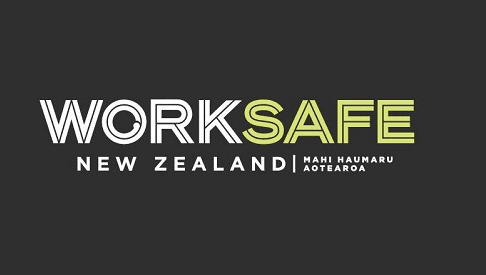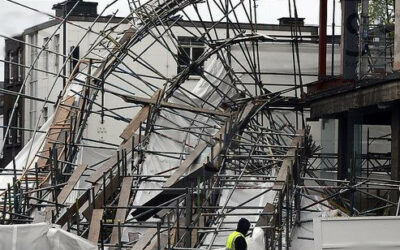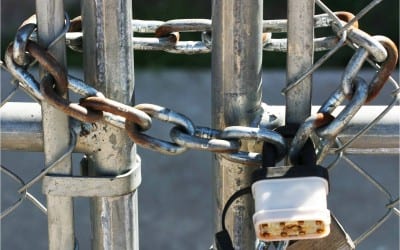Anxiety as a Workplace Issue
Exposure to psychosocial hazards in the workplace can lead to serious health issues including mental illness, anxiety, depression, fatigue, burnout, cardiovascular disease, and musculoskeletal disorders. It may also result in social problems such as substance abuse and family conflict. Between 2017 and 2021, 246 suicides were identified as potentially work-related, with 197 confirmed as such. Psychosocial risk refers to the likelihood of such hazards causing harm, and workers may face multiple, compounding risks simultaneously.
WorkSafe may intervene where a PCBU demonstrates a consistent pattern of serious harm or poor management of psychosocial risks, but is unlikely to act in isolated cases. While the Government has proposed health and safety reforms that would exempt small businesses from needing a psychosocial harm policy, other agencies like MBIE or the Employment Relations Authority may still get involved in workplace mistreatment cases.
Legal consequences for failing to manage these risks can be significant. For example, in Australia an electrical contracting company was fined $15,000 over workplace bullying and harassment, and a painting company was fined $90,000 following sexual harassment allegations. These cases highlight the growing importance of managing psychosocial risks in the workplace.
WorkSafe has guidance to help businesses develop their own policies and practices: https://www.worksafe.govt.nz/topic-and-industry/work-related-health/mental-health/managing-psychosocial-risks-at-work
Worker Falls From Roof
A Wellington roofing company has been prosecuted after a worker suffered critical injuries from a six-metre fall off a slippery rooftop in April 2023. The 38-year-old, employed for just two months with no height safety training, fell while working on a wet, newly installed iron roof treated with cleaning products. He sustained a traumatic brain injury and multiple fractures, spending six months in hospital. He remains in chronic pain and unable to work, supporting a family of five.
WorkSafe’s investigation revealed the site had only limited edge protection, and no harness system was used. Even if it had been, the worker had not been trained in using harnesses or roof anchors. The employer was unable to produce any safety policies or evidence of hazard identification and control measures.
The company was fined $40,000 and ordered to pay $77,456 in reparations.
WorkSafe emphasised that falls from height are a well-known risk, and the best safety controls are passive — such as edge protection or scaffolding — which do not rely on worker judgment. It reiterated the importance of following its extensive guidance for safely working at heights, particularly on roofs:https://www.worksafe.govt.nz/topic-and-industry/working-at-height/roofs/working-on-roofs-gpg
Construction Worker Electrocuted
A company has been recently sentenced for a serious workplace incident occurred on Waiheke Island in 2022, when a construction worker suffered an electric shock and fell nearly four metres from scaffolding. The worker was carrying aluminium cladding that came into contact with an 11,000-volt overhead powerline. He sustained severe burns to his hand and foot, along with fractures to his spine and ribs.
The scaffolding had been erected too close to the powerlines, and no proper risk assessment had been undertaken. Crucially, no close approach consent had been obtained, which is legally required when working near live powerlines.
WorkSafe prosecuted both the victim’s employer and the scaffolding company for failing to meet health and safety obligations. The companies were jointly ordered to pay $42,818 in reparations. Additionally, the construction company was fined $16,500 and the scaffolding company $13,500.
WorkSafe emphasised that electricity is a well-known hazard capable of causing death or life-altering injuries. It reiterated the importance of following its detailed safety guidance on working near overhead lines and the risks associated with scaffolding and electrical work. The case underscores the critical need for proactive risk assessment and compliance with legal safety requirements to prevent avoidable accidents.
Summary
In the cases highlighted above it has taken more than 12 months from the incident to the outcome of the WorkSafe investigation and court case. For the individuals involved, including the directors and officers of the companies being prosecuted, this can have a hugely detrimental effect on both their business performance and personal lives.




